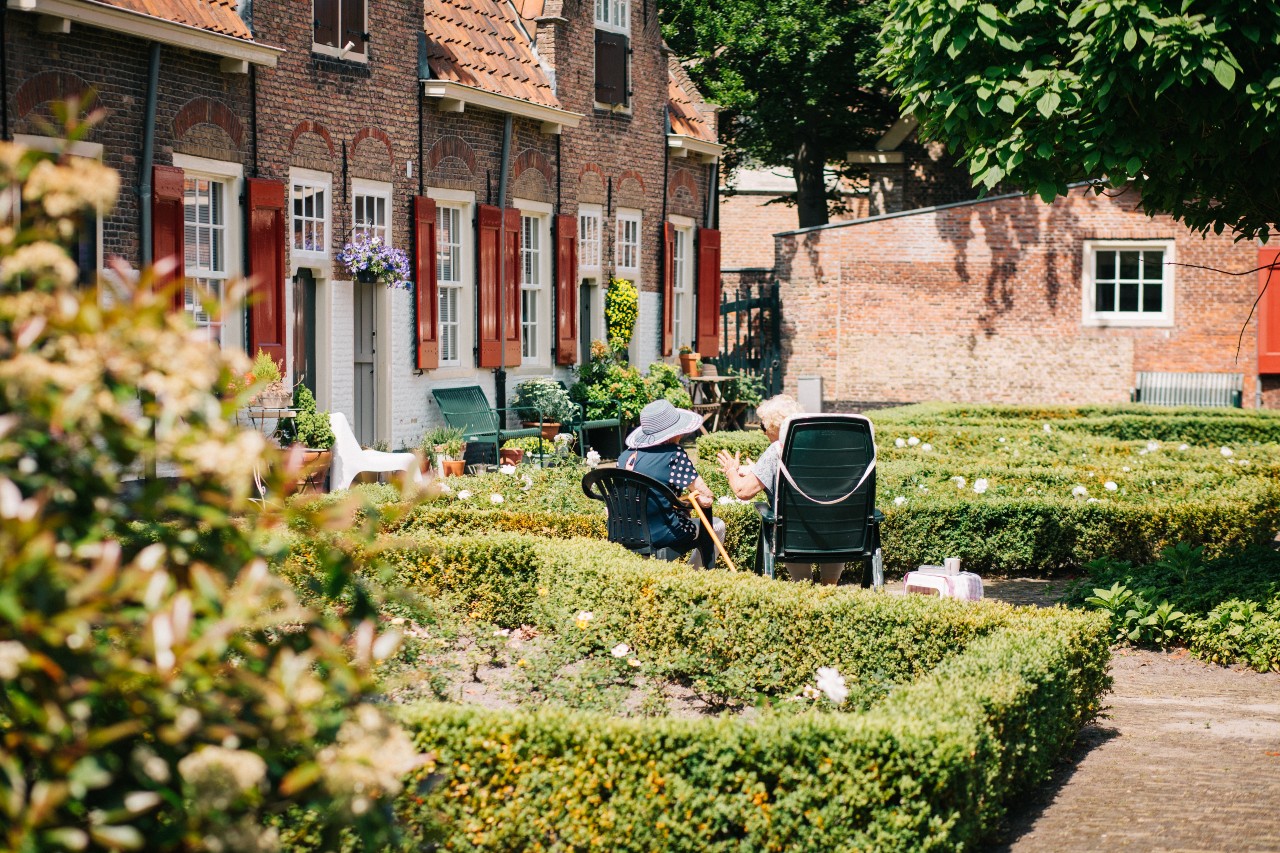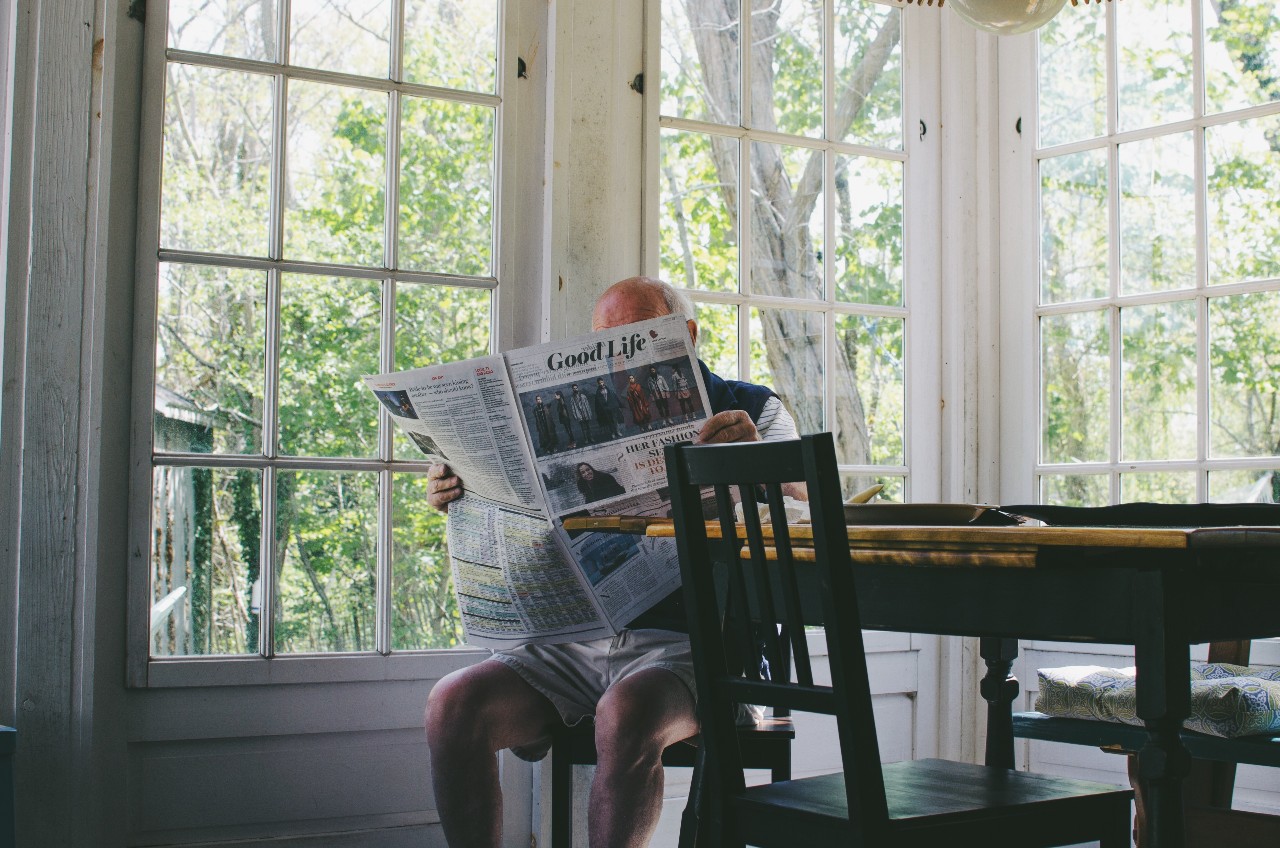3 Aug. 2023

As senior residence facilities slowly adapt to a New Normal, owners and administrators all over the US are all scrambling to adapt their facilities to the new codes of social distancing and hygiene.
Whether big or small, the challenges of COVID-19 are amplified for senior living communities that house vulnerable populations with complicating health conditions. More than 1 million Americans reside in almost 30,000 assisted living communities, which employ almost 453,000 administrators, caregivers, housekeepers, nurses and other professionals, according to the report. The Centers for Disease Control and Prevention reports that 80% virus-related deaths since March have been adults 65 and older — and more than half of all senior living community residents are 85 or older.
So what can be done to achieve the safest senior living residence post COVID19?
Here are some helpful tips to get you started:
“Some facilities are much better than others at preventing infections, and were safer long before the pandemic caused a run on N95 masks. There is no uniform collection of infection rates across the country in the full range of facilities where Americans receive care, like hospitals, nursing homes, assisted living facilities, etc..” says STAT News in an article on infections acquired in health facilities. This was proven true as residents didn’t usually spend time in each other’s rooms or suites, but rather in large common areas such as dining rooms, gyms and lounges. It was therefore not possible to track the hot spots with precision, nor was it then possible for families to make truly informed decisions about which nursing home is safest for their loved ones.
The New Normal forces us all to rethink how we can adapt to the new social distancing standards. A smart practice would be to hold smaller gatherings in residents’ rooms, to both allow for social interaction while staying safe. Monitoring Indoor Air Quality in all rooms and common areas, as well as making sure they are well ventilated, is a crucial and much-needed step.

Minimizing spread of viral pathogens in daily tasks can be easily done by creating a touchless environment for residents. “Almost three quarters (72%) of people have either worn gloves or wiped down a public touch surface,” states an article in The Drum. People are – now more than ever – aware of the importance of how Covid-19 paves the way for fully touchless experiences. While some things may never fully substitute human interaction, others, like automating climate in all rooms and common areas is as easy as a click of a button. Installing and using a Climate Intelligence Platform is both smart and effective – especially in senior residence facilities. Instead of sending nursing staff to rooms in need of temperature changes throughout the day, these simple tasks can be done directly online – from the safety of the main offices.
Using a self learning AI system can make this task even simpler – it can adjust indoor climate automatically, reduce or turn up the temperatures as needed, as well as monitoring and adjusting humidity, VOCs and other organic particles in the air.
Predictive maintenance techniques are designed to help determine the condition of senior residence appliances, infrastructure and equipment in order to determine when maintenance should be performed. This approach promises cost savings over routine or time-based preventive maintenance, because it enables the detection and fixing of defects before they result in failure.
Alerts notifying hotel staff of system malfunctions, heating and cooling system errors and connectivity bugs are all crucial for ongoing maintenance as well as contributing to the bottom line.
This functionality is especially crucial these days when senior living facilities are closed off to external service providers, making it difficult for technicians to access and resolve any hardware malfunctions. Social distancing best practices meant to keep tenants safe are also preventing visitors from accessing defective equipment, making predictive maintenance and alerting crucial.
While COVID19 has taken us all by surprise and many adjustments have been made to be able to stay safe in this post-pandemic world, we are still called to remain on guard as the virus is still out there.
Efforts must be made to keep senior citizens safe, as scientists around the world are working on creating a vaccine that would allow us to return to normal.
Until then, we must adapt to the New Normal, implementing best practices to keep seniors safe and happy – and now is the perfect time to do so.
To learn more about the Setpoint Indoor Climate Management System, schedule a call with one of our experts, and we’ll be happy to answer any questions.